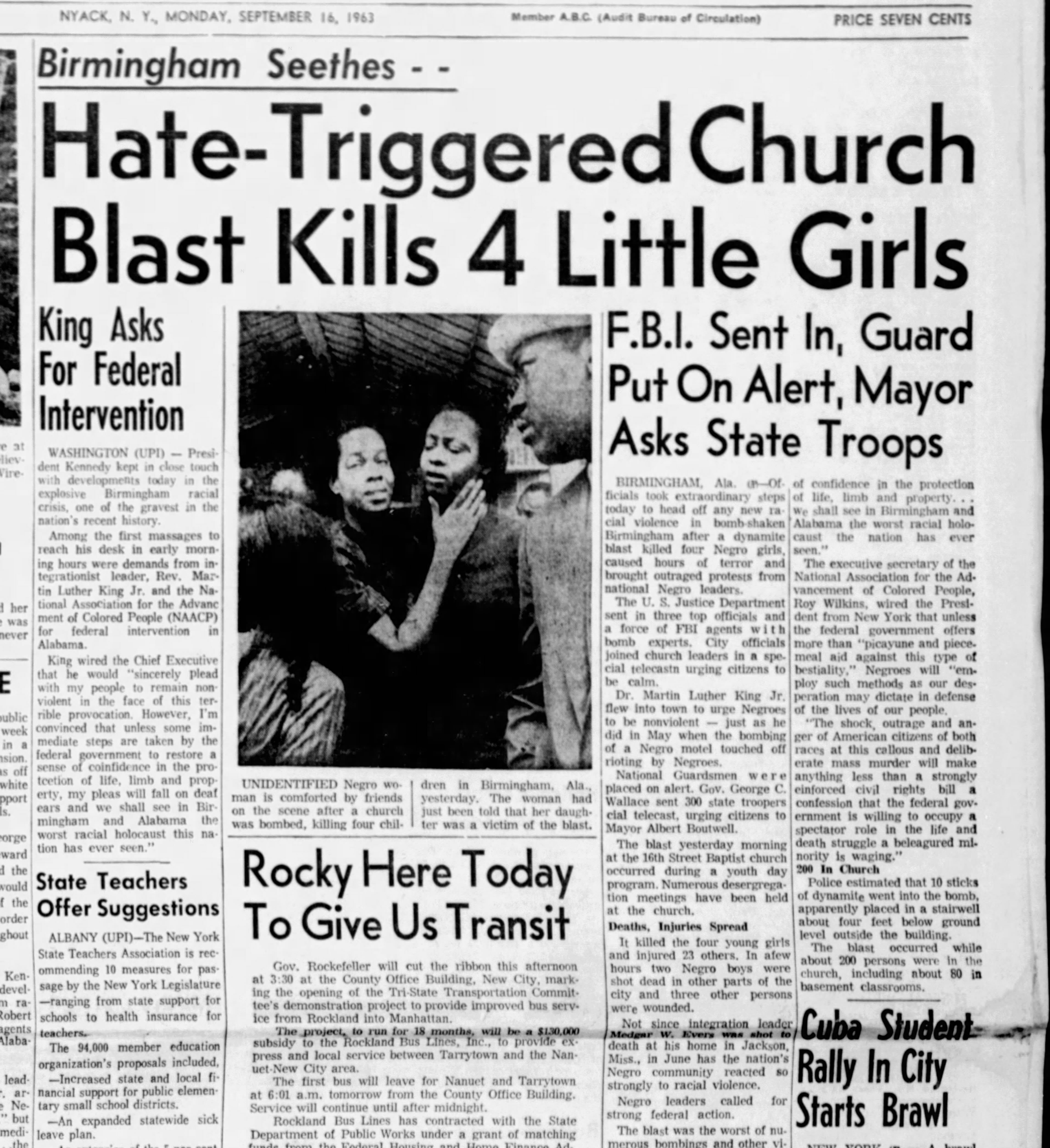The Buzz on News Articles
The Buzz on News Articles
Blog Article
The Best Strategy To Use For News Articles
Table of ContentsThe Greatest Guide To News ArticlesSome Known Details About News Articles Unknown Facts About News ArticlesSome Ideas on News Articles You Should KnowNews Articles - Questions
Excellent understanding of different topics gives trainees a competitive edge over their peers. Although digital and social networks are readily easily accessible, we ought to not neglect how crucial it is to read the newspapers. Moms and dads must attempt and instill the practice of reviewing a newspaper as a day-to-day regimen to continue the tradition of the adored print medium.Information tales additionally consist of at least one of the adhering to vital characteristics family member to the designated audience: closeness, prominence, timeliness, human interest, oddity, or consequence.
Within these limitations, news stories additionally aim to be extensive. Among the bigger and a lot more revered newspapers, fairness and equilibrium is a major variable in providing information.
Newspapers with a global target market, as an example, often tend to utilize a more official design of creating. The certain options made by an information outlet's editor or content board are frequently accumulated in a style overview; common design guides consist of the and the US Information Style Book. The major goals of information writing can be summarized by the ABCs of journalism: precision, brevity, and clearness.
The Greatest Guide To News Articles
Generally, journalists will not use a long word when a short one will certainly do. They use subject-verb-object construction and vibrant, active prose (see Grammar). They provide narratives, examples and metaphors, and they rarely depend upon generalizations or abstract ideas. News writers attempt to prevent making use of the very same word more than when in a paragraph (occasionally called an "echo" or "word mirror").
Headings in some cases omit the topic (e.g., "Jumps From Watercraft, Catches in Wheel") or verb (e.g., "Cat woman lucky"). A subhead (also subhed, sub-headline, subheading, caption, deck or dek) can be either a secondary title under the main heading, or the heading of a subsection of the write-up. It is a heading that precedes the major message, or a group of paragraphs of the primary message.

of a short article subject, informant, or interviewee), it is referred to as a drawn quote or draw quote. Extra billboards of any of these kinds might show up later in the short article (especially on subsequent pages) to entice further reading. Journalistic websites sometimes utilize animation methods to switch one billboard for another (e.g.
All about News Articles
Such signboards are also made use of as tips to the post in other areas of the magazine or website, or as ads for the item in other magazine or sites. News release of the Swiss government. Common structure with title, lead paragraph (summary in vibrant), other paragraphs (information) and get in touch with information.

Example of a hard-lead paragraph NASA is recommending one more space task. The budget plan requests about $10 billion for the job.
The NASA announcement came as the firm asked for $10 billion of appropriations for the job. An "off-lead" is the second most essential front web page information of the day. The off-lead appears either in the top left edge, or directly below the lead on the. To "hide the lead" is to start the write-up with background info or information of secondary importance to the visitors, requiring them to find out more deeply find out this here right into discover this a short article than they need to have to in order to find the crucial points.
The 6-Minute Rule for News Articles
Common usage is that one or two sentences each form their very own paragraph. Reporters generally define the company or framework of a newspaper article as an inverted pyramid. The necessary and most intriguing components of a tale are put at the beginning, with supporting info following in order of lessening significance.
It allows individuals to explore a topic to only the depth that their inquisitiveness takes them, and without the imposition of information or subtleties that they might think about pointless, however still making that info offered to much more interested readers. The inverted pyramid framework likewise allows write-ups to be cut to any kind of arbitrary length during design, to fit in the room offered.
Some authors start their stories with the "1-2-3 lead", yet there are several kinds of lead offered. This format usually begins with a "Five Ws" opening up paragraph (as explained over), adhered to by an indirect quote that his explanation offers to sustain a major element of the initial paragraph, and after that a straight quote to sustain the indirect quote. [] A twist can refer to numerous things: The last tale current broadcast; a "happy" tale to finish the show.
Longer write-ups, such as magazine cover articles and the pieces that lead the inside sections of a paper, are understood as. Attribute stories vary from straight information in several methods.
The Of News Articles
The journalist commonly information communications with interview subjects, making the piece a lot more individual. An attribute's initial paragraphs frequently associate an appealing minute or occasion, as in an "anecdotal lead". From the particulars of a person or episode, its sight quickly widens to generalities about the tale's topic. The area that signals what a function is about is called the or signboard.

The Editor's Toolbox: A Reference Guide for Beginners and Professionals (2001) Allan M. Siegal and William G. Connolly. The New York Times Manual of Style and Usage: The Official Style Overview Used by the Writers and Editors of the World's Most Authoritative Newspaper (2002) M. L. Stein, Susan Paterno, and R.
Report this page